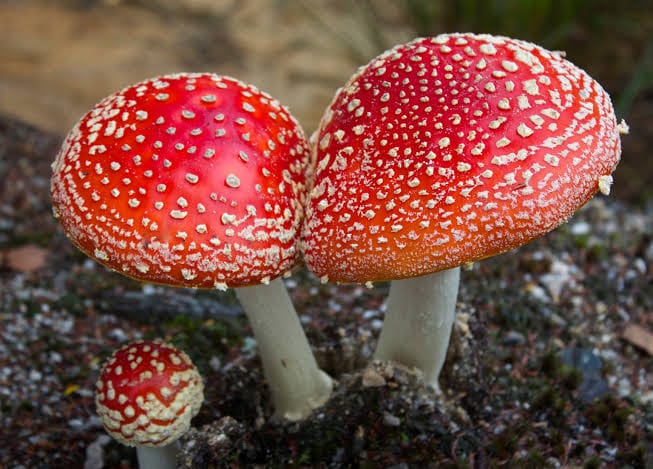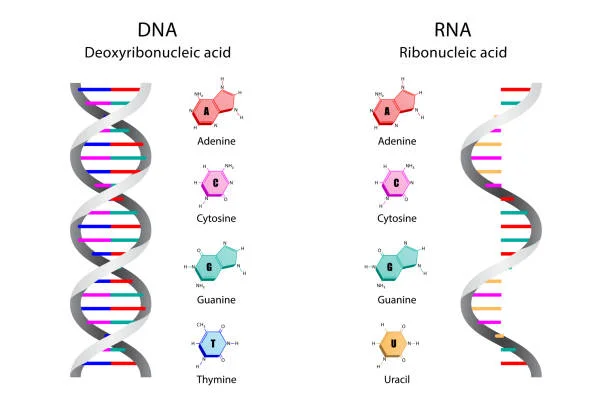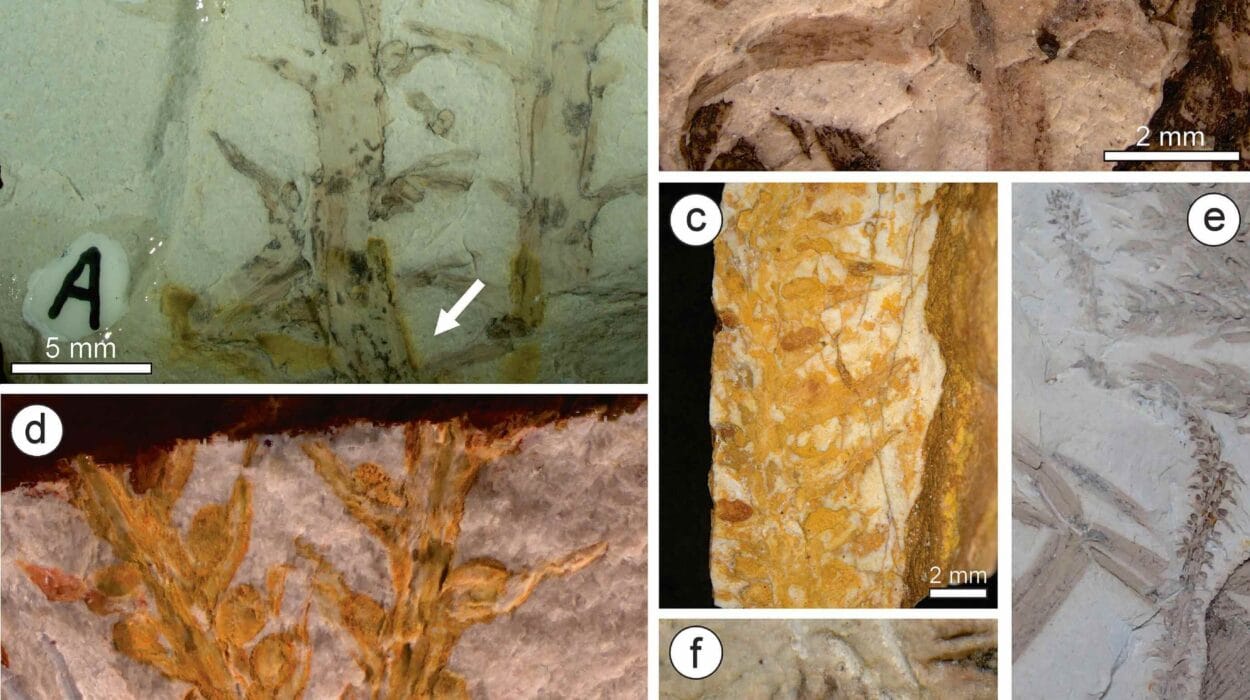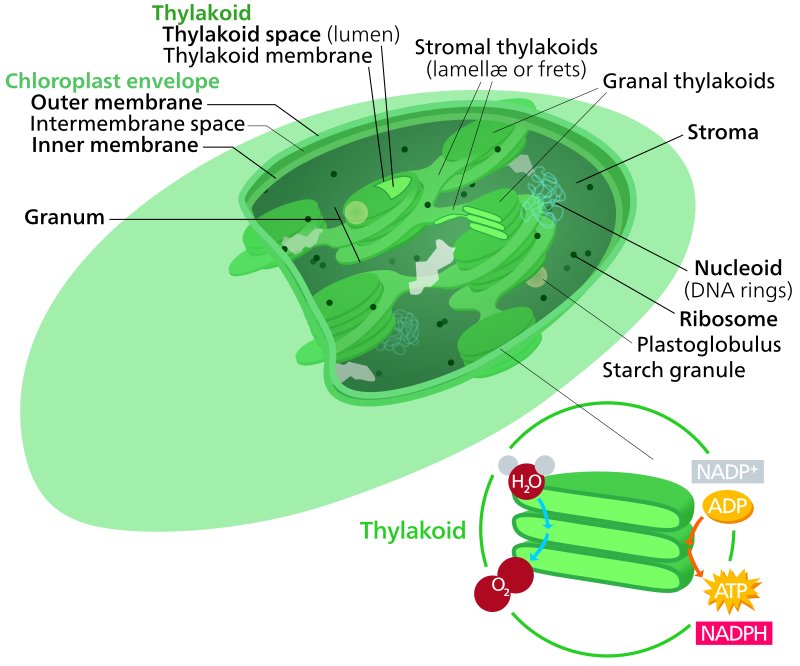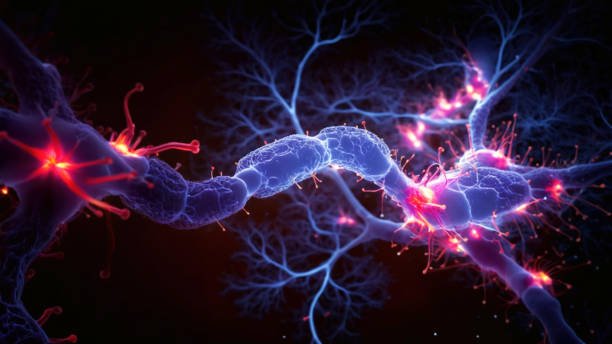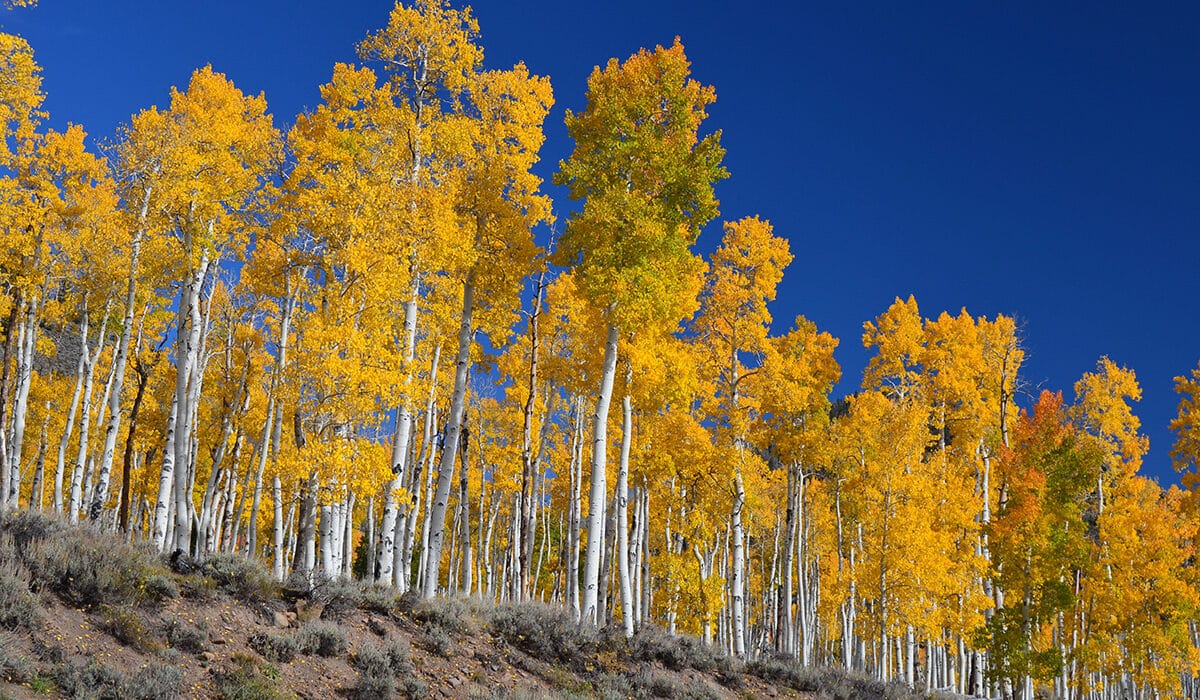Beneath the forest floor, hidden in rotting logs, growing quietly on the sides of trees, and even inside our bodies, lives a kingdom of life that is as ancient as it is overlooked. Fungi—neither plant nor animal—exist in a world of their own, a realm filled with filaments, spores, secret communication networks, and powerful enzymes capable of breaking down almost anything organic. They have shaped ecosystems, sustained civilizations, and even rewired our understanding of life itself.
To the untrained eye, a mushroom might seem like a plant, and for centuries, it was classified as such. But fungi are something else entirely. They break the rules. They grow like plants but feed like animals. They flourish in the darkness, thrive on decay, and speak a biochemical language that still baffles scientists. Their story is not only one of biology—it’s a tale of mystery, survival, and deep, evolutionary divergence.
A Kingdom Reimagined
For hundreds of years, the natural world was split into two neat categories: animals and plants. This dual classification served early scientists well enough—until they started looking more closely. The more we learned about the microscopic structures and life cycles of certain organisms, the more the old system began to crumble.
The real breakthrough came in the 1960s, when biologists recognized that fungi were neither animals nor plants. They were something altogether different. Today, we classify fungi in their own kingdom—Fungi—alongside Plantae, Animalia, Protista, and several others. It turns out that fungi are more closely related to animals than to plants, a revelation that astonished early taxonomists and continues to surprise many today.
The distinction is more than just academic. Understanding fungi on their own terms has led to revolutionary insights in medicine, agriculture, ecology, and even climate science. To truly appreciate fungi, we must first unlearn what we thought we knew about how life works.
The Mycelial World: Fungi as Networked Organisms
When we imagine a fungus, most of us picture mushrooms. But the mushroom is merely the fruiting body—the tip of the iceberg. The true organism lives underground or within its host, composed of a web-like network called mycelium. This network is made up of tiny filaments known as hyphae, which spread through the soil or organic matter like threads in a vast biological internet.
Mycelium is, in many ways, the fungal equivalent of roots, stems, and leaves. But unlike plant structures, which are compartmentalized and specialized, fungal mycelia function as distributed systems. Nutrients, chemical signals, and even genetic material can flow freely through the network. Some scientists liken mycelial systems to neural networks. Others see them as the Earth’s circulatory system.
In forests, mycelium connects tree roots in what ecologists call the “Wood Wide Web,” a term coined to describe the complex, mutualistic interactions between trees and fungi. Through these networks, nutrients can be exchanged, warnings sent, and entire communities sustained. Fungi don’t just feed on the forest—they help hold it together.
Feeding on Decay: Heterotrophic Pioneers
One of the most striking differences between fungi and plants lies in how they obtain food. Plants are autotrophs—they use sunlight, carbon dioxide, and water to synthesize sugars through photosynthesis. Fungi are heterotrophs—they cannot produce their own food. Instead, they absorb it from their surroundings.
But fungi don’t ingest food like animals. They digest externally. Fungal hyphae release enzymes into their environment that break down complex molecules—cellulose, lignin, keratin, and more—into smaller pieces that can be absorbed. This process of external digestion makes fungi some of the most efficient recyclers in the biosphere. They break down leaf litter, dead trees, animal carcasses, and even man-made pollutants, returning nutrients to the soil and enabling new life to grow.
Without fungi, Earth would be buried in the dead. They are nature’s cleanup crew, processing the organic waste that other organisms leave behind. And in doing so, they create the very conditions that allow ecosystems to renew themselves.
Cell Walls and Cellular Secrets
Under the microscope, fungal cells tell a story all their own. Like plant cells, fungal cells have rigid walls. But instead of cellulose—the material used by plants—fungal cell walls are made of chitin, the same tough substance found in the exoskeletons of insects and crustaceans. This composition is one of many reasons fungi are now seen as more animal than plant.
Fungi also differ from plants in how they store energy. While plants stockpile glucose as starch, fungi store it as glycogen—again, a trait they share with animals. Their cell structures, genetic expression patterns, and mitochondrial features all reflect this deeper evolutionary kinship.
Even their reproductive strategies are distinct. Fungi can reproduce sexually or asexually, often producing spores that can survive extreme conditions. These spores are microscopic, hardy, and astonishingly prolific. One puffball mushroom, for instance, can release trillions of spores into the air—each one a tiny hope for fungal continuation.
A Rich and Varied Kingdom
The fungal kingdom is incredibly diverse. It includes the classic mushrooms of culinary fame—shiitake, chanterelle, portobello—as well as molds, yeasts, rusts, smuts, and lichen-forming species. Some fungi are single-celled, like Saccharomyces cerevisiae, the yeast that helps us bake bread and brew beer. Others, like Armillaria ostoyae, form vast underground networks that cover thousands of acres and may be thousands of years old.
Lichens, too, are part of this complex story. A lichen is not a single organism, but a symbiotic partnership between a fungus and a photosynthetic partner—usually an alga or cyanobacterium. Together, they form rugged, resilient beings that thrive in the most hostile environments on Earth: arctic tundra, sun-scorched rock, and high alpine cliffs. These partnerships challenge our definitions of individuality and blur the boundaries between kingdoms.
There are bioluminescent fungi that glow in the dark, parasitic fungi that zombify insects, and endophytic fungi that live inside plant tissues, often helping their hosts fend off disease. Fungi have evolved to occupy nearly every ecological niche on the planet, from rainforest canopies to deep-sea vents.
The Human-Fungi Connection
Our relationship with fungi is ancient, intimate, and complicated. We’ve harvested mushrooms for thousands of years. We’ve used yeast to ferment bread, beer, and wine since the dawn of civilization. Fungi have saved countless lives through the development of antibiotics—most famously, penicillin, which was derived from Penicillium notatum in the 20th century and transformed medicine.
Fungi also cause disease—some of it devastating. Pathogenic fungi can infect crops, animals, and humans. Candida, Aspergillus, Cryptococcus, and Histoplasma are just a few examples of fungi that can cause serious illnesses, especially in people with compromised immune systems.
In agriculture, fungi pose both threats and opportunities. Rusts and smuts destroy staple crops, while mycorrhizal fungi—those that form symbiotic associations with plant roots—enhance plant growth and soil health. Scientists are increasingly exploring the use of beneficial fungi in sustainable farming and environmental restoration.
In recent years, fungi have entered the realm of biotechnology and design. Mycelium is being used to create biodegradable packaging, vegan leather, and even architectural structures. Psychedelic fungi, such as those containing psilocybin, are being revisited for their therapeutic potential in treating depression, PTSD, and anxiety.
Breaking the Green Illusion
So why were fungi mistaken for plants for so long? The answer lies partly in appearance. Many fungi are rooted in place, grow upwards, and emerge from soil—behaviors reminiscent of plants. Early naturalists lacked the tools to probe cellular differences or metabolic pathways. They grouped organisms by what they saw, not by how they worked.
But science has revealed the truth. Fungi don’t photosynthesize. They don’t make seeds. They don’t flower. They don’t grow from embryos or produce fruit in the botanical sense. Their growth is indeterminate and dynamic. They are responsive, sensitive, and in many ways, behaviorally active in ways plants are not.
The more we study them, the more fungi challenge our assumptions. They force us to reconsider what it means to be alive, to be intelligent, to be connected. And in doing so, they enrich our understanding of life’s tapestry.
Fungi and the Future of Earth
The importance of fungi in the fight against climate change cannot be overstated. Mycorrhizal fungi help forests sequester carbon. Saprotrophic fungi break down organic matter, releasing nutrients essential for plant growth. Some fungi even eat plastic and petrochemicals, offering hope for bioremediation in polluted environments.
In rewilding projects, fungi are being introduced to restore damaged soils and revive native ecosystems. In medicine, they are being studied for new classes of antibiotics and immunosuppressants. In food, they offer a sustainable protein source as global populations grow.
The fungal kingdom holds countless untapped secrets. As we face environmental crises, antibiotic resistance, and the limits of industrial agriculture, fungi may hold answers hidden in their hyphae—answers we are only beginning to glimpse.
A World Reconsidered
What are fungi? They are recyclers, connectors, builders, destroyers, healers, and saboteurs. They are neither plant nor animal, but something profoundly unique. In recognizing them as their own kingdom, we’ve uncovered not just another branch of the tree of life—but an entire subterranean forest of wonder.
Their quiet labor sustains the living world. Their evolutionary history reaches back over a billion years. Their biochemical ingenuity rivals that of any known organism. And their future role in human society may be even more revolutionary than we currently imagine.
Fungi are not just organisms. They are a philosophy. A reminder that life is not always visible, not always rooted in what we think we know. In the shadows and decay, in the mycelial threads that crisscross the soil, lies a world that is vibrant, alive, and endlessly fascinating.
We are only now beginning to understand the magnitude of that world. And in doing so, we begin to understand our own.
